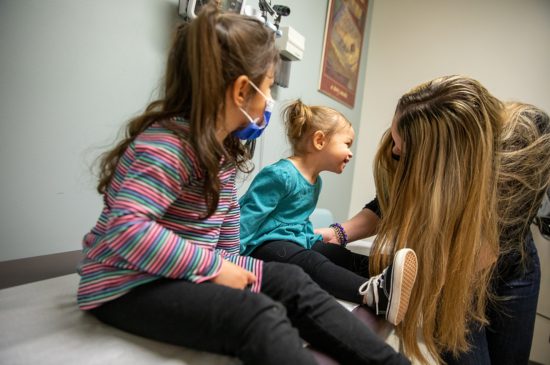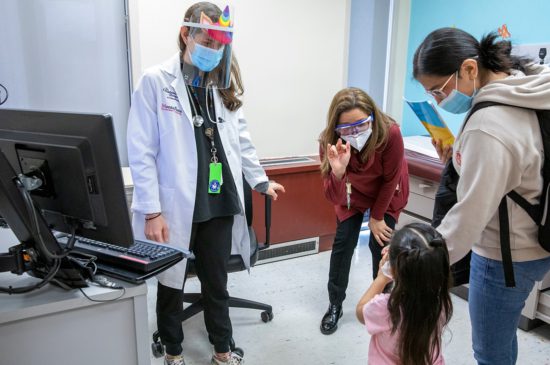Our Value
As low as $50 per child, per year.
In addition to the many benefits to young children, their families, and pediatric primary care providers, HealthySteps is cost-effective. When operating at optimal capacity, employing one full-time HealthySteps Specialist enables a practice to deliver the program for as low as $50 per child per year.

163% Average Return on Investment to Medicaid Annually
Early childhood investments contribute to reductions in the need for developmental and special education services, prevention of chronic disease, reduced involvement with juvenile justice, and many additional positive outcomes such as higher educational attainment.
HealthySteps Lowers Health Care Costs
Our demonstrated outcomes, such as improved attendance at well-child visits and higher rates of immunization, help to drive short-term Medicaid cost savings.
Practices that use the dyadic, two-generation HealthySteps model also address caregiver challenges such as breastfeeding, postpartum maternal depression, and healthy birth spacing, which can yield even larger short-term Medicaid savings.
A Closer Look at HealthySteps’ ROI
Since 2017, we have worked closely with Manatt Health to conduct several statewide and site-level analyses that demonstrate a cumulative 163% return on investment (ROI).
The greatest cost savings to Medicaid accrue because HealthySteps works with children and their adult caregivers simultaneously.
HealthySteps Mitigates Provider Burnout
HealthySteps has a positive impact on provider satisfaction, practice quality, and efficiency, all of which can contribute to provider burnout and staff turnover. Solutions to address provider burnout are critically needed to reduce the expense of the problem for the health care system and disruption to care for patients.

